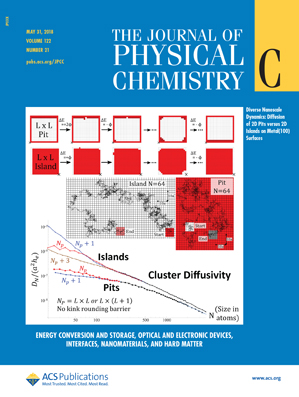 Structural evolution upon decomposition of the LiAlH4+LiBH4 system. S. Soru, A. Taras, C. Pistiddb, C. Milanese, C. Bonatto Minella, E. Masolo, P. Nolis, M. D. Baró, A. Marinic, M. Tolkiehn,M. Dornheim, S. Enzo, G. Mulas, S. Garroni. Journal of Alloys and Compounds 2014, in press. DOI: 10.1016/j.jallcom.2013.12.027
Structural evolution upon decomposition of the LiAlH4+LiBH4 system. S. Soru, A. Taras, C. Pistiddb, C. Milanese, C. Bonatto Minella, E. Masolo, P. Nolis, M. D. Baró, A. Marinic, M. Tolkiehn,M. Dornheim, S. Enzo, G. Mulas, S. Garroni. Journal of Alloys and Compounds 2014, in press. DOI: 10.1016/j.jallcom.2013.12.027
In the present work we focus the attention on the phase structural transformations occurring upon the desorption process of the LiBH4 + LiAlH4 system. This study is conducted by means of manometric-calorimetric, in-situ Synchrotron Radiation Powder X-ray Diffraction (SR-PXD) and ex-situ Solid State Magic Angle Spinning (MAS) Nuclear Magnetic Resonance (NMR) measurements. The desorption reaction is characterized by two main dehydrogenation steps starting at 320 and 380°C, respectively. The first step corresponds to the decomposition of LiAlH4 into Al and H2via the formation of Li3AlH6 whereas the second one refers to the dehydrogenation of LiBH4 (molten state). In the range 328-380 °C, the molten LiBH4 reacts with metallic Al releasing hydrogen and forming an unidentified phase which appears to be an important intermediate for the desorption mechanism of LiBH4 -Al-based systems. Interestingly, NMR studies indicate that the unknown intermediate is stable up to 400°C and it is mainly composed of Li, B, Al and H. In addition, the NMR measurements of the annealed powders (400 °C) confirm that the desorption reaction of the LiBH4 + Al system proceeds via an amorphous boron compound.






![Experimental evidence of Na2[B12H12] and Na formation in the desorption pathway of the 2NaBH4 + MgH2 system](https://sermn.uab.cat/wp-content/uploads/2011/07/jpccck_v115i028.jpg)